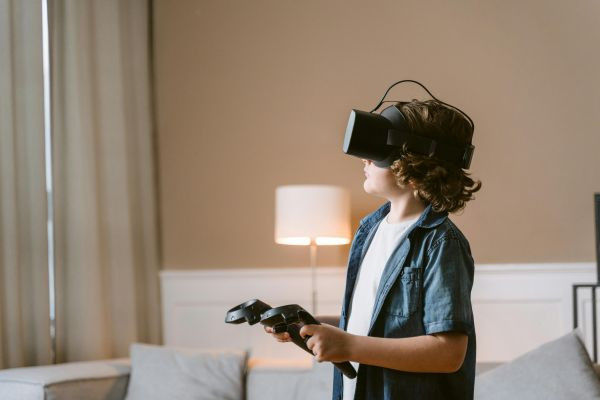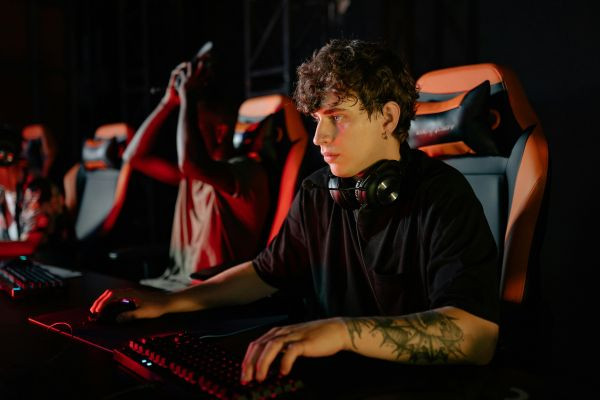Horror games have always had a sort of appeal in the gamers due to providing thrills and chills. But, over the past few years, the horror games have developed to be scarier than ever.
12/21/24 • 411 Views
Horror games have always had a sort of appeal in the gamers due to providing thrills and chills. But, over the past few years, the horror games have developed to be scarier than ever. They do so with an advancement of technology, a good storytelling process, and player immersion. Let us see why the modern-day horror games have become spookily frightening.
Hyper-Realistic Graphics
Advancement in graphics technology has also contributed much to the rising fear of horror games. Hyper-realistic graphics come with the game, making reality and fiction blur. Environments as well as character models become lifelike and have contributed to the increased factor of fear. For instance, in games such as Resident Evil Village and The Last of Us Part II, the settings were designed to create the atmosphere of fear imaginable and bring about such an atmosphere where a little shadow and flicker of light has the capacity to be feared.
Sound Design for Immersion
The horror game highly depends on sound as a factor. Modern games exploit it more to raise the tension in the game. With developed audio technology such as 3D spatial sound, a creaking, a whisper, or a growl appears as if done around you. Games, such as Outlast or Silent Hill, have an interactive sound scene that corresponds to the moves of a player; so silence scares as much as noise does.
Horror games nowadays use smart AI to make their enemies unpredictable and scary. You won't have that scripted monster movement anymore. Now, modern AI evolves with your actions and keeps you on the edge. Let's take Alien: Isolation for example; it has the alien stalking the player non-stop, learning strategies against him and forcing the player to improvise all the time. Such unpredictability gives fear a real and relentless feel.
Psychological Horror Elements
Developers are increasingly leaning into psychological horror, focusing on the player’s mind rather than just jump scares. Games like Amnesia: The Dark Descent and Hellblade: Senua’s Sacrifice explore themes of insanity, isolation, and trauma, creating an unsettling experience that lingers long after you’ve put the controller down. The subtle manipulation of the player’s perception heightens the sense of dread.
Virtual Reality (VR)
VR technology changes the way one experiences horror games. It is bringing immersion to a whole new level. For instance, Phasmophobia and Resident Evil 7 VR place the player right in the horrifying situations, making every encounter feel uncomfortably real. There is no physical barrier between the player and the game world, making it an adrenaline-pumping experience unlike any other.
Modern horror games take on storytelling that changes with player choices, making the experience quite personal. Games like Until Dawn and The Quarry employ branching narratives to keep a player invested in knowing whether their choices will lead to dire consequences. Such engagement gives a layer of tension as every action may make horror escalate.
Cultural and Societal Relevance
Horror games are increasingly inspired by real-world fears and societal anxiety. Themes such as isolation, technology, and the unknown resonate with the player, making scares more impactful, as they are more relatable.
Conclusion:
With cutting-edge technology, innovative storytelling, and immersion, horror games are scarier than ever. They masterly tap into our primal fears through realistic graphics, psychological tricks, or VR experiences to deliver unforgettable thrills. This genre promises an evolving world of terror for the gamer willing to take the dare. Will you step up to face it?









